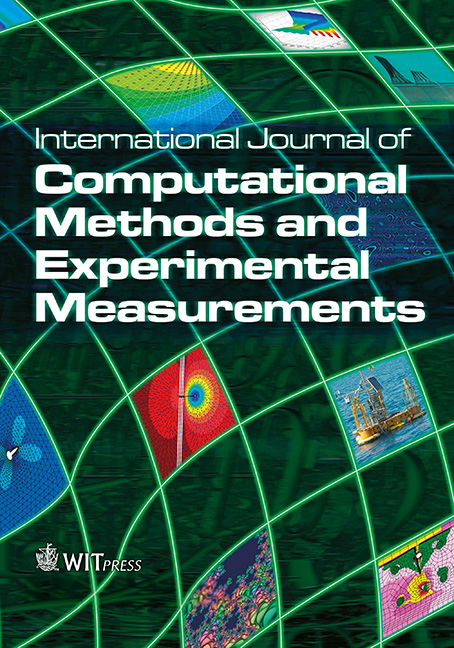NUMERICAL STUDY OF THE EFFECT OF SURFACE WETTABILITY ON PERFORMANCE OF THE SPRAY COOLING PROCESS
Price
Free (open access)
Volume
Volume 4 (2016), Issue 4
Pages
9
Page Range
615 - 624
Paper DOI
10.2495/CMEM-V4-N4-615-624
Copyright
WIT Press
Author(s)
R. ATTARZADEH & A. DOLATABADI
Abstract
The process of cooling caused by a water droplet contacting a surface has been extensively reported in the literature; however, the effect of surface wettability on the outcome of the cooling rate has yet to be analyzed. Due to optical limitations inside a liquid droplet, a three-dimensional (3D) computational fluid dynamics (CFD) model, including coupling between multiphase flow and the conjugated heat transfer module was developed to simulate the impact, spreading and transient heat transfer between a cold-water droplet and a heated surface. The total heat transfer results were calculated for both superhydrophobic and hydrophilic surfaces. The Navier-Stokes equation expressing the flow distribution of the liquid and the gas, coupled with the volume of fluid (VOF) method for tracking the liquid interface, was solved numerically using the finite volume methodology. The grid dependency test was examined for the 3D model, even though the convergence of the results was not exact. The 2 mm diameter water droplet with the Weber numbers 7, 25 and 62, which correspond to non-splashing regimes, were impinged onto two different surfaces. We showed that spray cooling on a superhydrophobic substrate was capable of improving the efficiency of the cooling process up to 40% compared to that of a hydrophilic surface. Additionally, the critical Weber regime was obtained for the optimal heat transfer between the droplet and the two substrates.
Keywords
Cooling process, Superhydrophobic, Hydrophilic, Droplet impact




